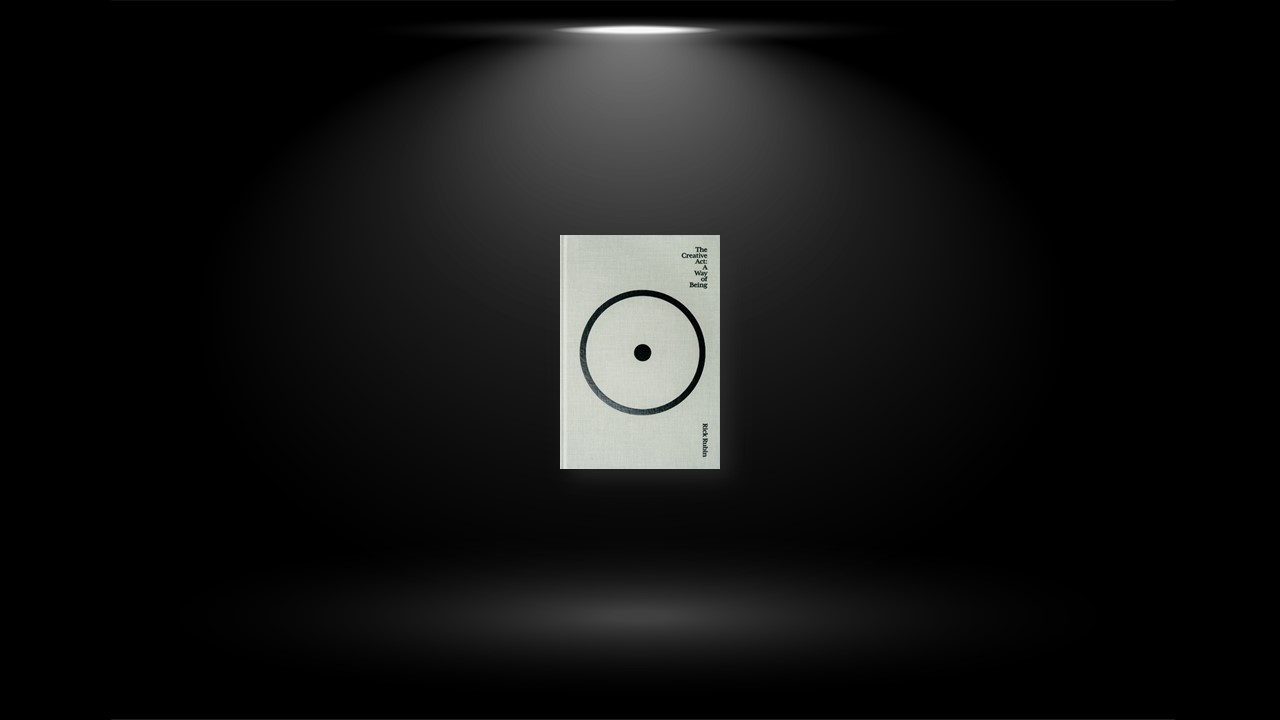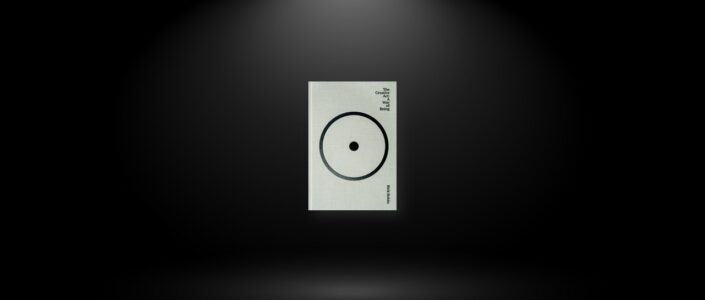Everyone Is a Creator
Those who do not engage in the traditional arts might be wary of calling themselves artists. They might perceive creativity as something extraordinary or beyond their capabilities. A calling for the special few who are born with these gifts.
Fortunately, this is not the case. Creativity is not a rare ability. It is not difficult to access. Creativity is a fundamental aspect of being human. It’s our birthright. And it’s for all of us. Creativity doesn’t exclusively relate to making art. We all engage in this act on a daily basis.
To create is to bring something into existence that wasn’t there before. It could be a conversation, the solution to a problem, a note to a friend, the rearrangement of furniture in a room, a new route home to avoid a traffic jam.
To live as an artist is a way of being in the world. A way of perceiving. A practice of paying attention. Refining our sensitivity to tune in to the more subtle notes. Looking for what draws us in and what pushes us away. Noticing what feeling tones arise and where they lead. Attuned choice by attuned choice, your entire life is a form of self-expression. You exist as a creative being in a creative universe. A singular work of art.
The Source of Creativity
It may be helpful to think of Source as a cloud. Clouds never truly disappear. They change form. They turn into rain and become part of the ocean, and then evaporate and return to being clouds. The same is true of art.
Art is a circulation of energetic ideas. What makes them appear new is that they’re combining differently each time they come back. No two clouds are the same.
This is why, when we are struck by a new piece of art, it can resonate on a deeper level. Perhaps this is the familiar, coming back to us in an unfamiliar form. Or maybe it is something unknown that we didn’t realize we were looking for. A missing piece in a puzzle that has no end.
Awareness
Though we can’t change what it is that we are noticing, we can change our ability to notice. We can expand our awareness and narrow it, experience it with our eyes open or closed. We can quiet our inside so we can perceive more on the outside, or quiet the outside so we can notice more of what’s happening inside.
We can zoom in on something so closely it loses the features that make it what it appears to be, or zoom so far out it seems like something entirely new. The universe is only as large as our perception of it. When we cultivate our awareness, we are expanding the universe.
This expands the scope, not just of the material at our disposal to create from, but of the life we get to live.
Nothing Is Static
You can’t step into the same stream twice because it’s always flowing. Everything is. The world is constantly changing, so no matter how often we practice paying attention, there will always be something new to notice. It’s up to us to find it.
Likewise, we are always changing, growing, evolving. We learn and forget things. We move through different moods, thoughts, and unconscious processes. The cells in our body die and regenerate. No one is the same person all day long.
Even if the world outside were to remain static, the information we took in would still be ever-changing. And so too would the work we bring forth.
Self-Doubt
The people who choose to do art are, many times, the most vulnerable. There are singers considered among the best in the world who can’t bring themselves to listen to their own voice. And these are not rare exceptions. Many artists in different arenas have similar issues.
The sensitivity that allows them to make the art is the same vulnerability that makes them more tender to being judged. Still, many continue to share their work and risk criticism in spite of this. It’s as if they have no other choice. Being an artist is who they are, and they are made whole through self-expression.
If a creator is so afraid of judgment that they’re unable to move forward, it might be that the desire to share the work isn’t as strong as the desire to protect themselves. Perhaps art isn’t their role. Their temperament might serve a different pursuit. This path is not for everyone. Adversity is part of the process.
We are not obligated to follow this calling because we have a talent or skill. It’s worth remembering that we are blessed to get to create. It’s a privilege. We’re choosing it. We’re not being ordered to do this. If we’d rather not do it, let’s not do it.
Beginner’s Mind
The great artists throughout history are the ones able to maintain this childlike enthusiasm and exuberance naturally. Just as an infant is selfish, they’re protective of their art in a way that’s not always cooperative. Their needs as a creator come first. Often at the expense of their personal lives and relationships.
For one of the most loved singer-songwriters of all time, if inspiration comes through, it takes precedence over other obligations. His friends and family understand that in the middle of a meal, conversation, or event, if a song calls, he’ll exit the scene and tend to it, without explanation.
Accessing childlike spirit in our art and our lives is worth aspiring to. It’s simple to do if you haven’t accumulated too many fixed habits and thoughts. If you have, it’s very difficult. Nearly impossible.
A child has no set of premises it relies on to make sense of the world. It may serve you to do the same. Any label you assume before sitting down to create, even one as foundational as sculptor, rapper, author, or entrepreneur, could be doing more harm than good. Strip away the labels. Now how do you see the world?
Try Everything
Mixing blue and yellow makes green. Adding two plus two makes four. When combining basic elements in the ordinary course of life, much is predictable.
In creating art, the sum total of the parts often defies expectation. Theory and practice don’t always line up. The formula that worked yesterday might not work tomorrow. The proven solutions are sometimes the least helpful.
There is a gap between imagination and reality. An idea might seem brilliant in our mind. But once employed, it might not work at all. Another might seem dreary at first. Then, upon execution, it might be exactly what’s called for. To dismiss an idea because it doesn’t work in your mind is to do a disservice to the art. The only way to truly know if any idea works is to test it. And if you’re looking for the best idea, test everything.
Ask yourself as many “what if” questions as you can. What if this were the first painting anyone saw in their life? What if I removed every adverb? What if I made all the loud parts quiet? Look for different polarities and see how they affect the piece.
Perhaps take on the temporary rule that there are no bad ideas. Test them all, even the ones that seem underwhelming or unlikely to work.
The Experimenter and the Finisher
In their nature, many artists lean toward one of two categories: Experimenters or Finishers. Experimenters are partial to dreaming and play, finding it more difficult to complete and release their work. Finishers are the mirror image, a backward reflection. They move quickly to the end point with immediate clarity. They are less interested in exploring the possibilities and alternatives that the Experimentation and Craft phases can suggest.
Each might find it helpful to borrow from the other. Finishers might benefit from taking more time in the early phases. Writing beyond the minimum requirement, experimenting with other materials, considerations, and perspectives. Allowing themselves space for improvisation and surprise in the process.
Experimenters might benefit from taking an aspect of the work through to completion. It might be a drawing, a song,or the chapter of a book. Even making one foundational decision from which to build can help.
Take the example of an album. If you’re a musician struggling with ten songs, narrow your focus to two. When we make the task more manageable and focused, a change occurs. And completing even a small segment builds confidence.
Going from two to three is easier than going from zero to two. And if you happen to get stuck on three, then skip it and get four and five done.
Complete as many elements of the project as you can without getting hung up. It’s much easier to circle back once the workload is reduced. Often the knowledge we gain from finishing the other pieces becomes a key to overcoming earlier obstacles.
Ending to Start Anew (Regeneration)
participate in this by completing one project so that we can start anew. As in life, each ending invites a fresh beginning. When consumed with a single work to the degree that we believe it’s our life’s mission, there’s no room for the next one to develop.
While the artist’s goal is greatness, it’s also to move forward. In service to the next project, we finish the current one. In service to the current project, we finish it so it can be set free into the world. Sharing art is the price of making it. Exposing your vulnerability is the fee. Out of this experience comes regeneration, finding freshness within yourself for the next project. And all the ones to follow.
Every artist creates a dynamic history. A living museum of finished objects. One work after another. Begun, completed, released. Begun, completed, released. Over and over again. Each a time stamp commemorating a moment of passage. A moment filled with energy, now forever embodied in a work of art.


